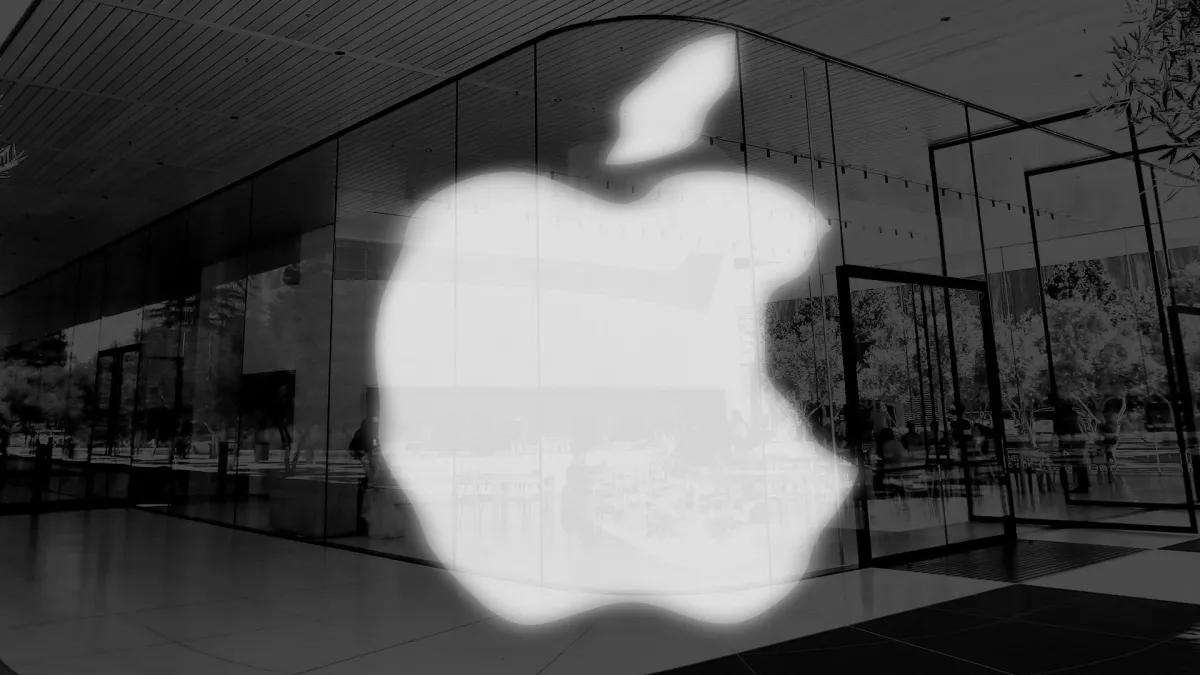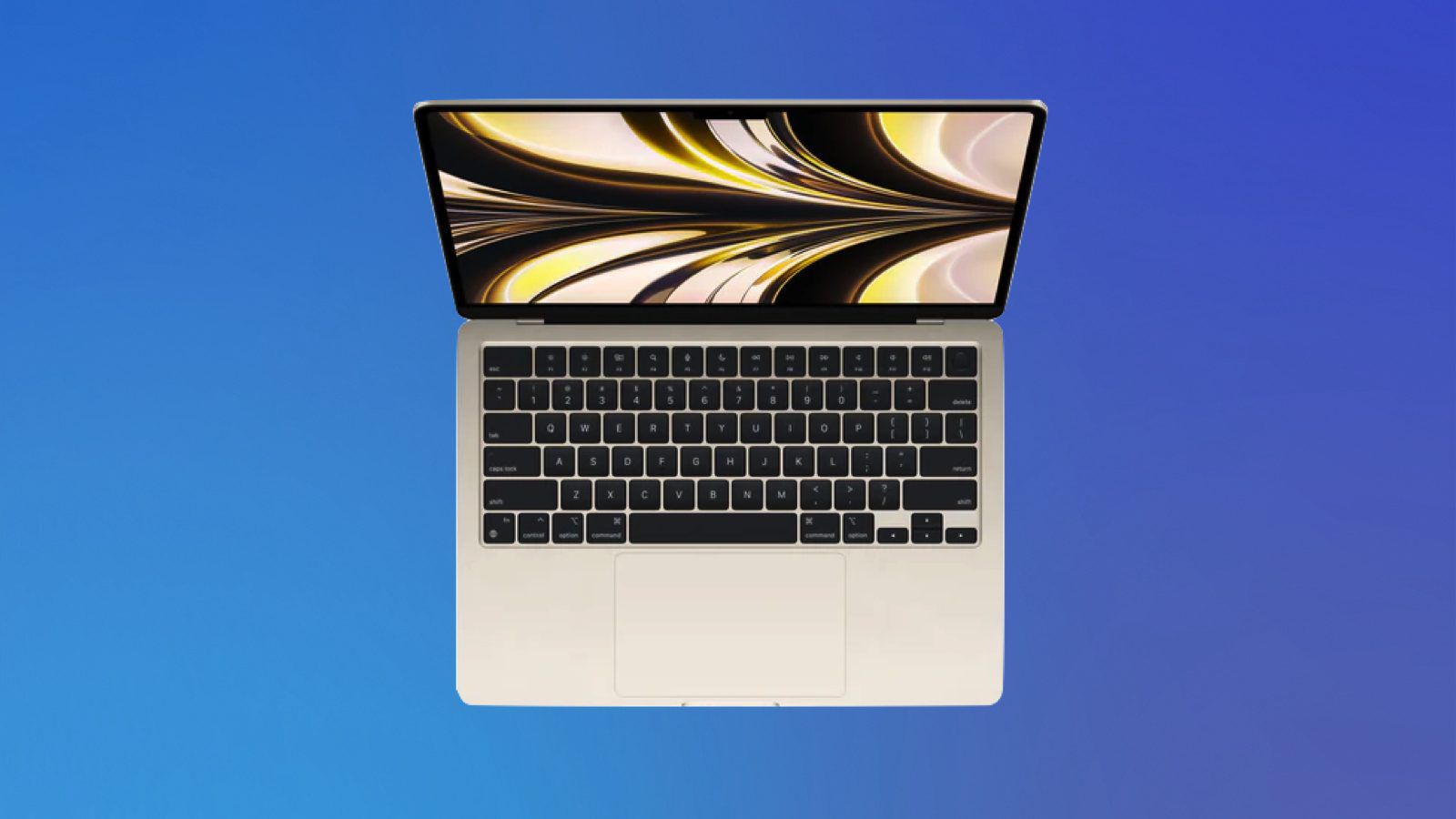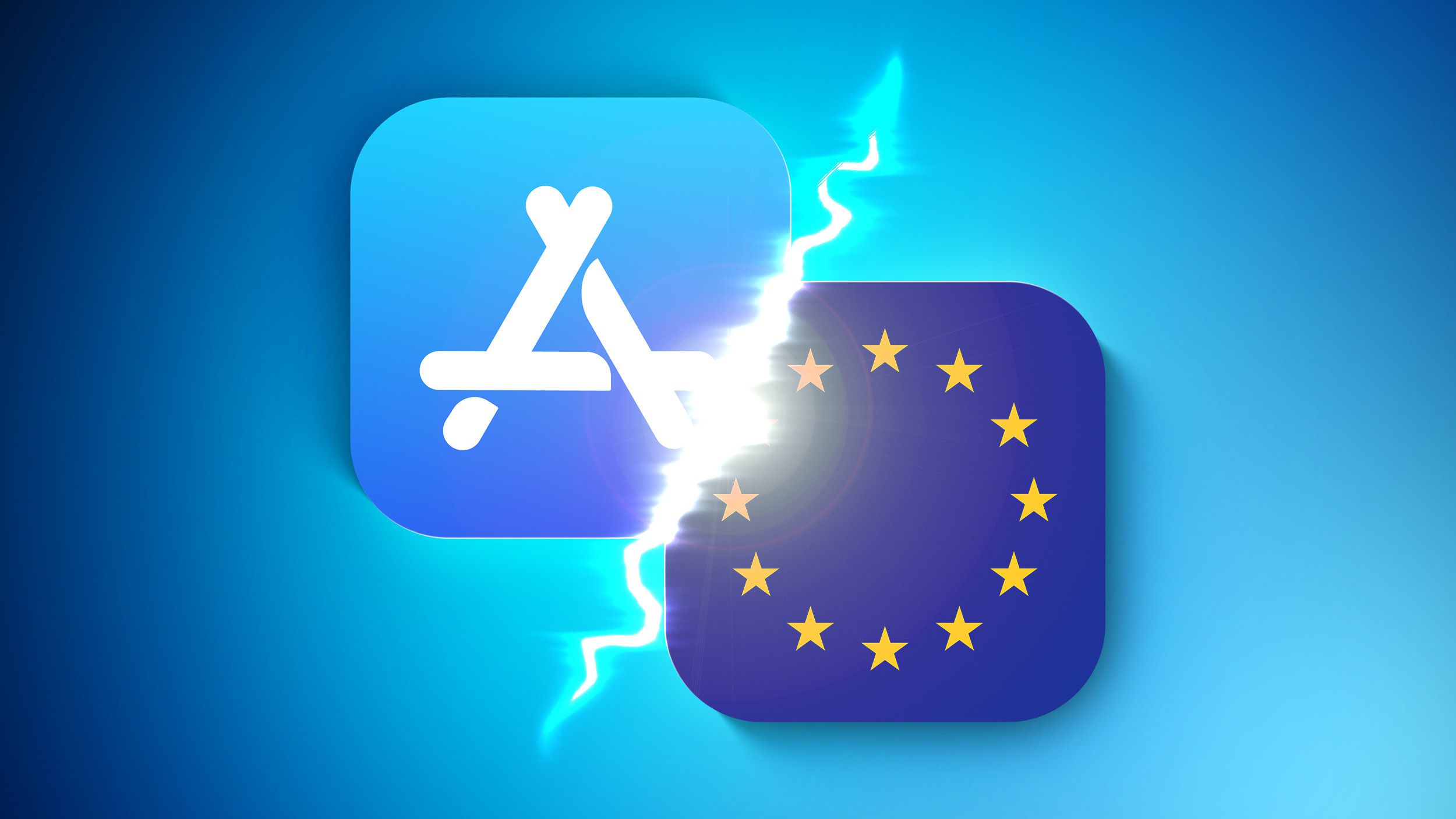Электронная коммерция Агрегаторы, консолидация и вызовы.
Только через несколько дней после банкротства Thrasio, два других крупных электронных коммерческих агрегатора объединяются и получают дополнительное финансирование
“`html
Razor and Perch combine forces, secure $100 million at a $1.7 billion valuation as consolidation trend continues to grow.
Just days after the bankruptcy of Thrasio, two other major players in the world of e-commerce aggregators are merging and raising additional funds to strengthen their business. Berlin’s Razor Group has acquired U.S.-based Perch and secured just over $100 million in funding, with leading investment firm Presight Capital at the helm. The combined business now holds an enterprise value of $1.7 billion, with $400 million in debt.
This latest development underscores the ongoing consolidation and reordering taking place in the e-commerce aggregation space. Perch had been actively seeking a buyer for nearly a year before the acquisition, and Razor has been steadily acquiring smaller aggregators like Stryze and Factory 14. This trend is not unique, as other players are also pursuing mergers and acquisitions.
The timing of this deal is notable, coming just a week after Thrasio filed for Chapter 11 bankruptcy protection, despite having raised $3 billion in funding previously. Surprisingly, Perch and Razor claim they were unaware of Thrasio’s imminent bankruptcy when the deal was struck. The news caught them off guard, given the significant amount of investment Thrasio had attracted. Although Perch and Razor share some common investors with Thrasio, they maintain that they were not privy to the company’s financial troubles.
The combined ownership of the new business involves investors from both Perch and Razor. Perch’s backers include prominent venture capital firms like SoftBank and Spark Capital, while Razor’s supporters include L Catterton, BlackRock, Upper90, Global Founders Capital, and others. The ownership split will result in Perch investors owning roughly one-third of the shares, while Razor’s investors will hold two-thirds. Razor’s most recent valuation was $1.2 billion when it last raised funding about a year ago.
- Проблема с выкупами запретить или не запретить?
- Программа инвестирования стартапов в Катаре на сумму 100 миллионов ...
- Технологический гигант TikTok внедряет API для переноса данных для ...
The e-commerce aggregation business model has always seemed promising on paper. With millions of retailers selling on marketplaces like Amazon, aggregators can benefit from economies of scale and gain insights into consumer preferences. However, there have been persistent challenges when it comes to merging operations and harmonizing platforms. This raises the question of why investors continue to support aggregators despite the difficulties they face in execution.
Tushar Ahluwalia, the CEO and co-founder of Razor Group, believes that their focus on being founder-led sets them apart. He emphasizes the importance of having someone who thinks with a founder’s mindset rather than solely pursuing financial gains. Ahluwalia considers customer-centric approaches and agile supply chains as keys to their success. Additionally, Razor Group places significant emphasis on technology and aims to adopt the consumer-to-manufacturing (C2M) model prevalent in Asian markets, exemplified by companies like Shein.
With this acquisition, Razor Group positions itself as the market leader in e-commerce aggregation, predicting revenues of $1 billion in the next four to eight quarters. Ahluwalia also highlights their bottom-line profitability.
Q&A
Q1: What led to the bankruptcy of Thrasio despite its substantial funding?
Трасио объявило себя банкротом, несмотря на значительное финансирование. Причины банкротства сложны, но их можно объяснить различными факторами, такими как высокий уровень долгов, операционные проблемы в консолидации приобретенных бизнесов и изменяющаяся динамика пространства агрегации электронной коммерции.
Q2: How does e-commerce aggregation benefit retailers and consumers?
Агрегация электронной коммерции предлагает несколько преимуществ как розничным продавцам, так и потребителям. Розничные продавцы могут воспользоваться экономией масштаба, повышенной видимостью бренда и доступом к продвинутым возможностям обеспечения и логистики. Для потребителей агрегация предоставляет более широкий спектр продуктов, конкурентоспособные цены и улучшенные возможности для покупок.
Q3: What are the key challenges faced by e-commerce aggregators when merging operations?
Один из основных вызовов для агрегаторов электронной коммерции – это эффективное интегрирование и оптимизация операций. Это включает в себя гармонизацию различных систем, управление запасами и поставками, а также обеспечение беспрепятственного перехода для приобретенных розничных продавцов. Кроме того, объединение различных корпоративных культур и процессов может стать значительным препятствием.
Future Developments
The e-commerce aggregation space is likely to witness further consolidation and growth in the coming years. As the market matures, aggregators will need to focus on developing efficient operational strategies, enhancing technology capabilities, and maintaining strong customer relationships. Innovation in areas such as C2M and supply chain optimization will play a crucial role in shaping the future of this industry.
To stay updated on e-commerce aggregation trends and developments, explore the following links:
“““html
- The Rise of E-commerce Aggregators: A Comprehensive Guide
- Top Challenges Faced by E-commerce Aggregators and How to Overcome Them
- Exploring the Future of E-commerce Aggregation: Trends and Predictions
- Success Stories: How E-commerce Aggregators Achieve Scale and Profitability
- Unlocking the Potential of the C2M Model in E-commerce Aggregation
Чувствуйте себя свободными делиться этой статьей с коллегами-энтузиастами технологий и ценителями электронной коммерции. Мир агрегации электронной коммерции развивается быстро, и быть информированным ключево для плавного сёрфинга на волне инноваций!
🚀🌐🛒
[Источник изображения: Unsplash]
“`






